Currently Reading
CUSTOMER LOYALTY & KEY PERFORMANCE INDICATORS(KPI’s)
Share article:
In my previous articles, I have highlighted that retaining customer’s loyalty is a key challenge for car manufacturers and dealers in Pakistan. Customer loyalty plays a fundamental role in a distributor and dealership business’s success. Overall customer loyalty refers to Customer Retention, such as the number of customers that do repeat business / purchases and Customer Satisfaction.
Many dealers assume that customer satisfaction can only be achieved by going above and beyond, providing exceptional services. In truth, showy gestures may not be the way to trigger customer satisfaction. Studies have shown that customer retention and loyalty improves when their problems are solved quickly and easily.
How do you know if your customer service is living up to customer expectations? The answer is in KPIs, or key performance indicators. There is an old saying “if you can’t measure it, you can’t manage it”. Key performance indicators (KPIs) are a way to benchmark your Dealership Retention Rate and Customer Satisfaction against its past performance. One thing I have seen that tend the dealership back on one thing that prevent them for making a joint leap from good to great is the misunderstanding and therefore misuse of most powerful key performance indicators. Quite simply, measuring the wrong things in a wrong way. I am now bringing a series of best practiced KPI’s which completely covers Sales, Service, Parts and Customer Relations from beginning to end so you get straight to the heart of the matter in minutes.
Below are some best practice KPIs to help measure customer loyalty (Retention & Satisfaction) and provide guidance that explain how to define and analyze the KPI’s.
CUSTOMER RETENTION RATE:
This indicates the number of units in operation that have been brought into the dealer for paid service.
Customer Retention Rate= CPUS ÷ UIO *100
Units in Operation (UIO) is the total number of units sold by dealers, which are registered as being in operation in the market.The Customer Retention rate (CPUS ÷ UIO) is the most general indicator that shows how much service demand has been captured by the dealer, and is an indicator of the results of service sales activities.
FIRST SERVICE RETENTION RATE:
Number of First Service Units Serviced ÷ Number of units due for first service *100
Following is an example of first service customer retention rate:
There were 475 new vehicles which were first brought in service since being sold in last 3 months between current month (N “May” and previous 2 months (N-2 “March”).
On the other hand, 3 months between N-1 (ex: April) and N-3 (Feb) there were 612 new vehicles sold.

The first service retention rate for the current month (MAY) is 475 ÷ 612 *100 = 78%.
In Pakistan, car manufacturers sell new vehicles with a free service 1 month and 3months after the new vehicle is sold. However, depending on the customer the service visit may be delayed, so the number of first service units serviced count and the new vehicles sold count are off by 1 month. In order to reflect this delay in the service visit month depending on the customer in the actual results, efforts are made to achieve a higher precision by taking the average over 3 months.
EXAMPLE OF CALCULATION FOR THE YEAR:
There were 1,550 new vehicles that were first brought in for a service visit since being sold in the year up until the current month (N, ex: December). On the other hand, in the year up until N-1 (ex: November) there were 1,632 new vehicles sold.

The First Year Customer Retention Rate for the year is 1550 ÷ 1632 *100 = 95%
The first service Customer Retention Rate indicates the number of customers that came in to the dealer for their first service after purchasing a vehicle, and it indicates the degree to which the first connection was made with the customer. If this value is low, it may adversely affect future retention activities.
CUSTOMER SATISFACTION(CS):
The purpose of this KPI is to measure the satisfaction and expectation of customers against dealership services. Understand what the customer expects –grasp your dealership’s strengths & weaknesses from the customer’s perspective. CSI is a metric for how well you’re caring for your customers. Customer Satisfaction covers following 3 major areas:

OVERALL SATISFACTION:
Ask the customer, whether the overall service experience was satisfactory. By performing regular customer satisfaction Surveys, you can gauge how many of your customers would rate their level of satisfaction as very or extremely satisfied.
Example:
How did you rate the overall service experience with dealer compare to your satisfaction?
RECOMMENDATION:
Ask whether, customer will recommend the dealer to somebody else (friends & family).
Example:
Would you recommend this dealership to people you know?
SERVICE AGAIN:
Customers who are happy with the services you provide are likely to stick around and do more business with you. Ask whether, customer will choose the same dealership for next service.
Example:
Would you like to have your car serviced at this Dealership in the future?
Ideally CS score in above 3 areas should be => 95%. KPI’s bench mark may varies distributor to distributor or dealer to dealer. If there is any gap between current score and target score, then take appropriate countermeasures based on customer comments to improve CS further.




